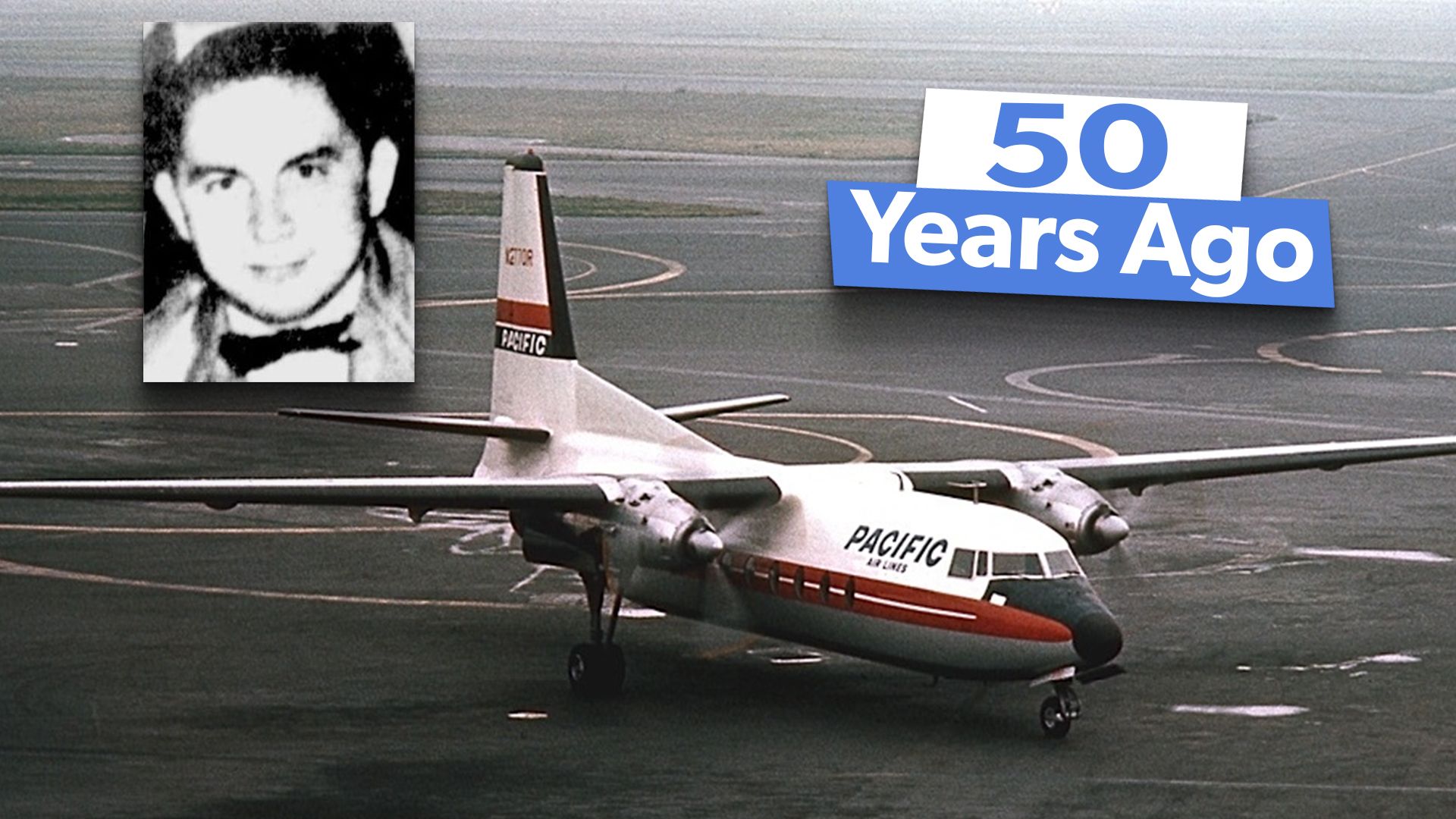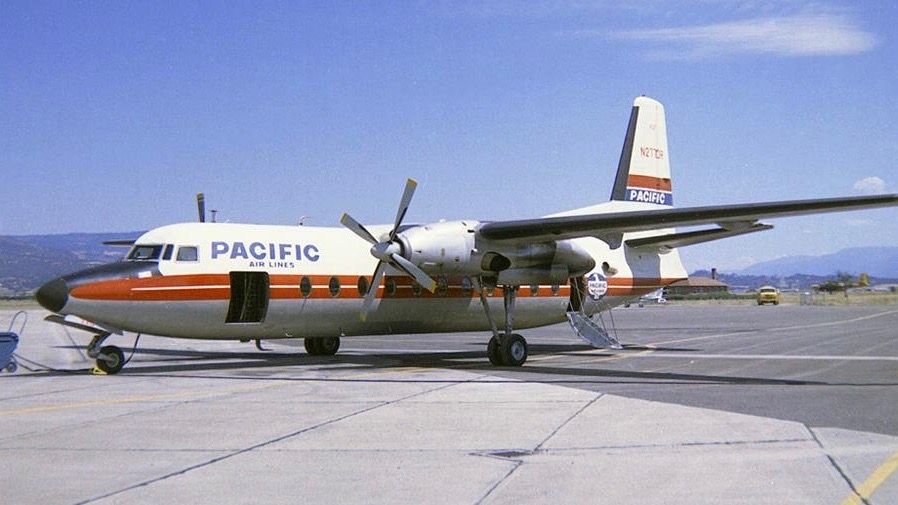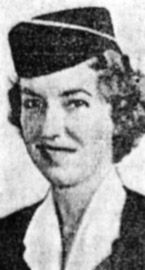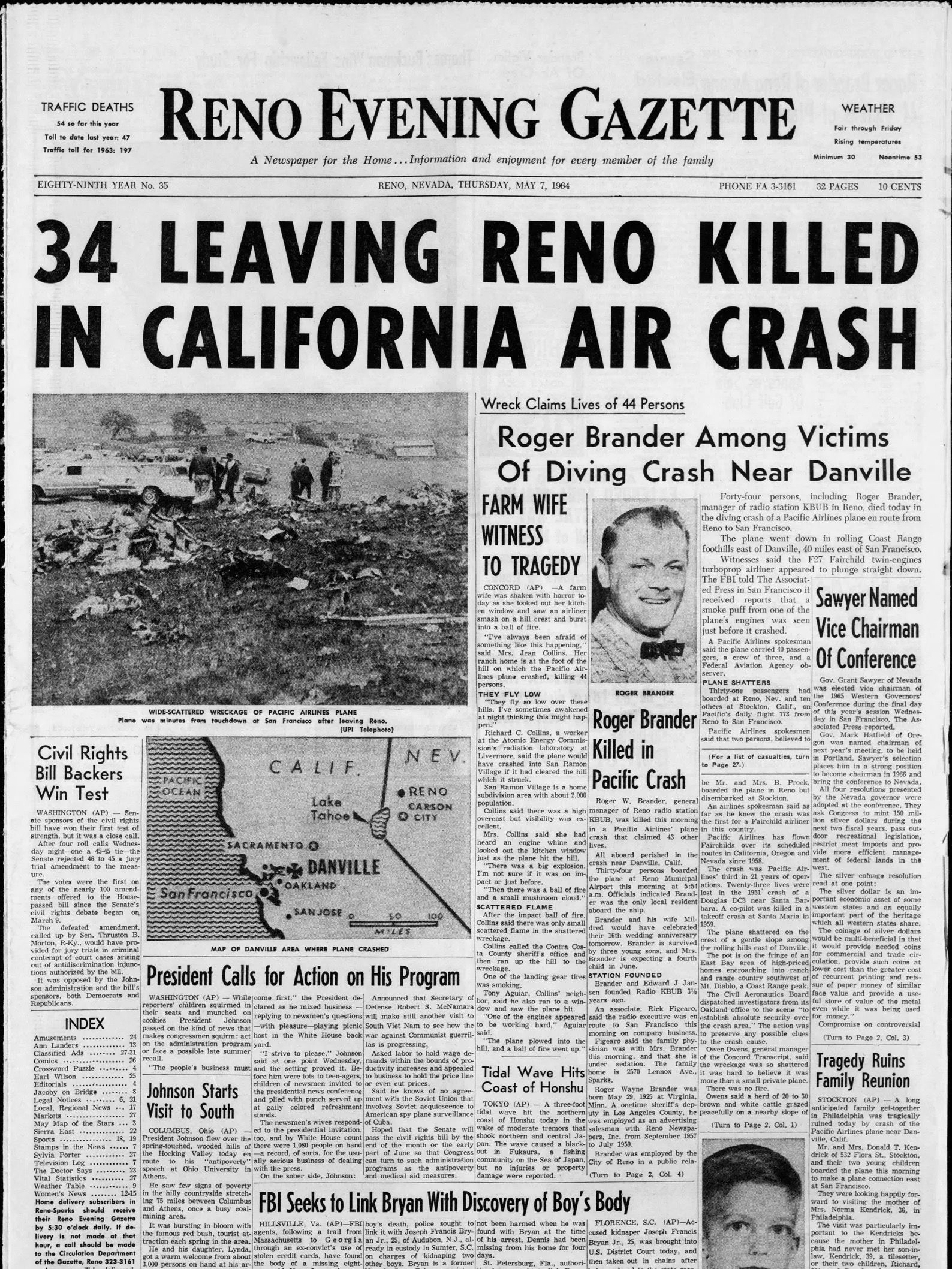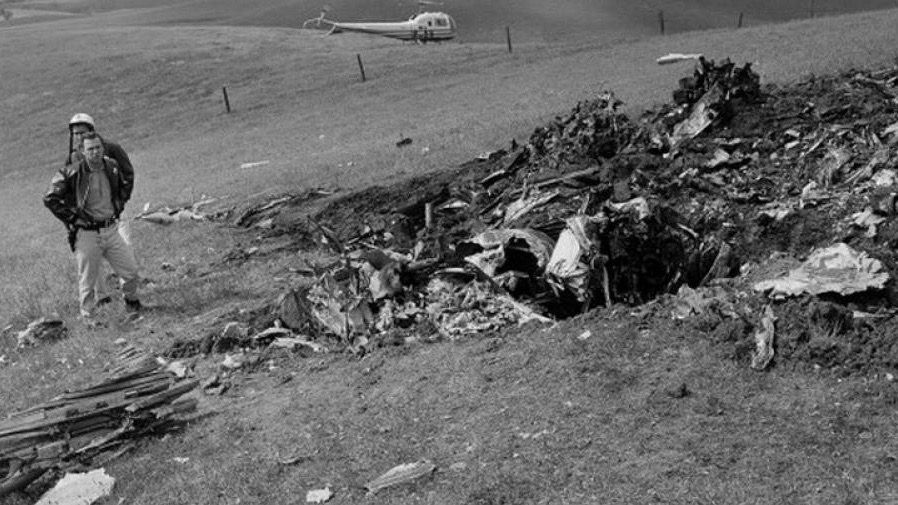It was May 7, 1964. Pacific Air Lines Flight 773 was preparing for take-off from Reno-Tahoe International Airport. The flight was bound for San Francisco International Airport via Stockton Metropolitan Airport. Onboard the Fairchild F27A Friendship were 41 passengers and three crew. The captain was Ernest A. Clarke, and the first officer was Ray E. Andress. Flight attendant Margaret E. Schafer worked in the cabin. She was 30 years old, known as Marjorie, and had been flying for the airline for six years. Majorie had a young child at home.
The backstory
Francisco Gonzales, who was 27, was a warehouse worker who had emigrated from the Philippines to San Francisco just a few years earlier. He was deep in debt and had marital issues. He had been described as ‘disturbed and depressed’ and told friends and relatives that he would die on May 6th or 7th. He bought a Smith and Wesson Magnum Revolver through a friend of a friend.
The evening before flight 773, Gonzales booked a return flight from San Francisco and flew to Reno, Nevada. He had the gun packed in its box, carrying it under his coat. He’d seen some friends at the airport and showed them the gun. He also bought $105,000 worth of life insurance that he signed over to his wife. He gambled the night away and did not care about losing. A worker at the casino asked if he was worried about losing so much money, to which he replied “It won’t make a difference after tomorrow”.
Flight 773
The F-27 took off from Reno at 05:54 with 33 passengers onboard. The flight was cheerful, and many were returning from nights out in town. The flight to Stockton was uneventful, and it was just another day for Marjorie. On arrival in Stockton, two passengers left the aircraft, and ten boarded. At 06:38, the F-27 took off for San Francisco. Gonzales sat at the front of the aircraft, just behind the cockpit.
The flight reported to Air Traffic Control (ATC) at 2,000 feet, and they were told to maintain it at 5,000 feet. At 06:45, they told flight 773 to turn left to vector for the approach into San Francisco. They were just minutes away from the airport. It had only been ten minutes since takeoff when suddenly, at 06:48, ATC heard a high-pitched garbled message from the aircraft, and it disappeared from radar.
A shocking turn of events
Gonzales shot the captain, who exclaimed, “Oh my god, I’ve been shot!” before being shot again fatally. The first bullet grazed his seat. Gonzales then turned to the first officer. The first officer shouted on the radio, “Skipper’s shot! We’ve been shot! Trying to help!” He was wounded by the first bullet and tried to bring the aircraft out of the dive that it was in. The F-27 dived from 5,000 feet at a rate of 2,100 feet a minute and an airspeed of 400 miles per hour. The first officer had managed to climb up to 3,200 feet before Gonzales shot him again and then turned the gun on himself two times.
“Skipper’s shot! We’ve been shot!”
— First officer to ATC.
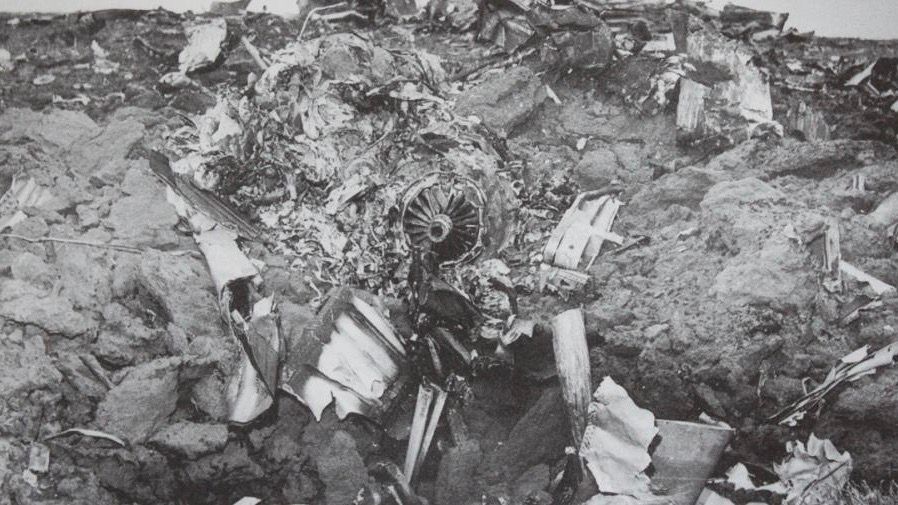 The aftermath
The aftermath
It would have been shocking for Majorie and the passengers to witness such an event and fall from the sky, probably having no sense of what was happening. They would have no time to think, write notes to loved ones, or say prayers before the aircraft plummeted into the hillside near Danville/San Ramon, California. ATC tried again to contact the F-27 to no avail. They asked United Air Lines flight 593 if they could see the F-27. They could not. One minute later, they reported:
“There’s a black, uh, cloud of smoke coming up through the undercast at, uh, three-fifty, four o’clock position right now. Looks like an oil or gasoline fire.”
— United flight crew to ATC, per the accident report.
ATC believed that to be flight 773. The aircraft had impacted a rural area and erupted in flames. Witnesses had seen the aircraft in “Extreme and abrupt changes in altitude of flight 773 with erratic engine sounds,” according to the Civil Aeronautics Board (CAB) report. The impact completely destroyed the aircraft, and there were just small pieces left of everything. Fragments of luggage, clothing, and body parts were strewn across the wreckage area.
Investigation and final report
Investigators at the scene found the revolver with six used cartridges. The FBI joined the investigation and traced the gun back to San Francisco and saw that Gonzales had bought insurance at the airport. There were many witnesses at the airports and in Reno who had seen the revolver and heard his comments. The FBI established that Gonzales was the shooter and that this was a case of suicide and mass murder.
The CAB reported that the cause of the accident was: “The shooting of the captain and first officer by a passenger during the flight.” It was described as ‘The worst incident of mass murder in California’s history.’ After this ‘accident,’ air regulations were changed so that doors separating the passenger cabin from the cockpit were locked during flights on all commercial aircraft.
Although this is not a traditional cabin crew perspective, I wanted to highlight that the cabin crew is rarely mentioned in aircraft accidents. In accident reports, they are not even named. Cabin crew plays an important role in aircraft safety, and sometimes, I think it’s important to remember those crew who lost their lives while on duty.

